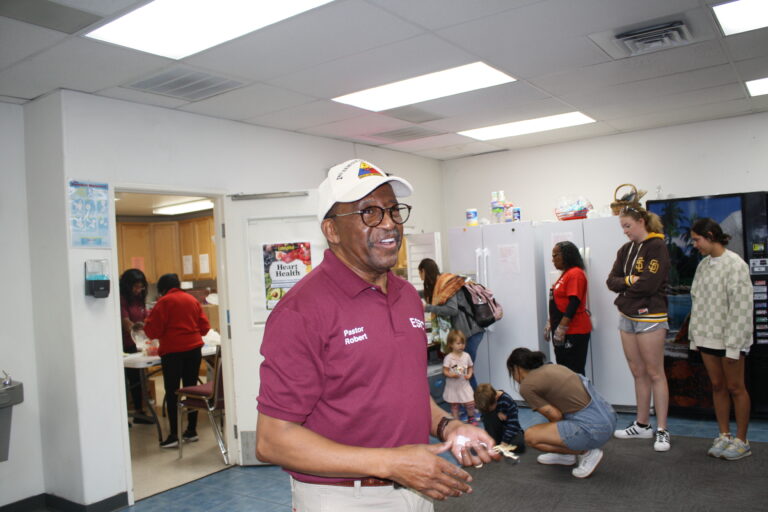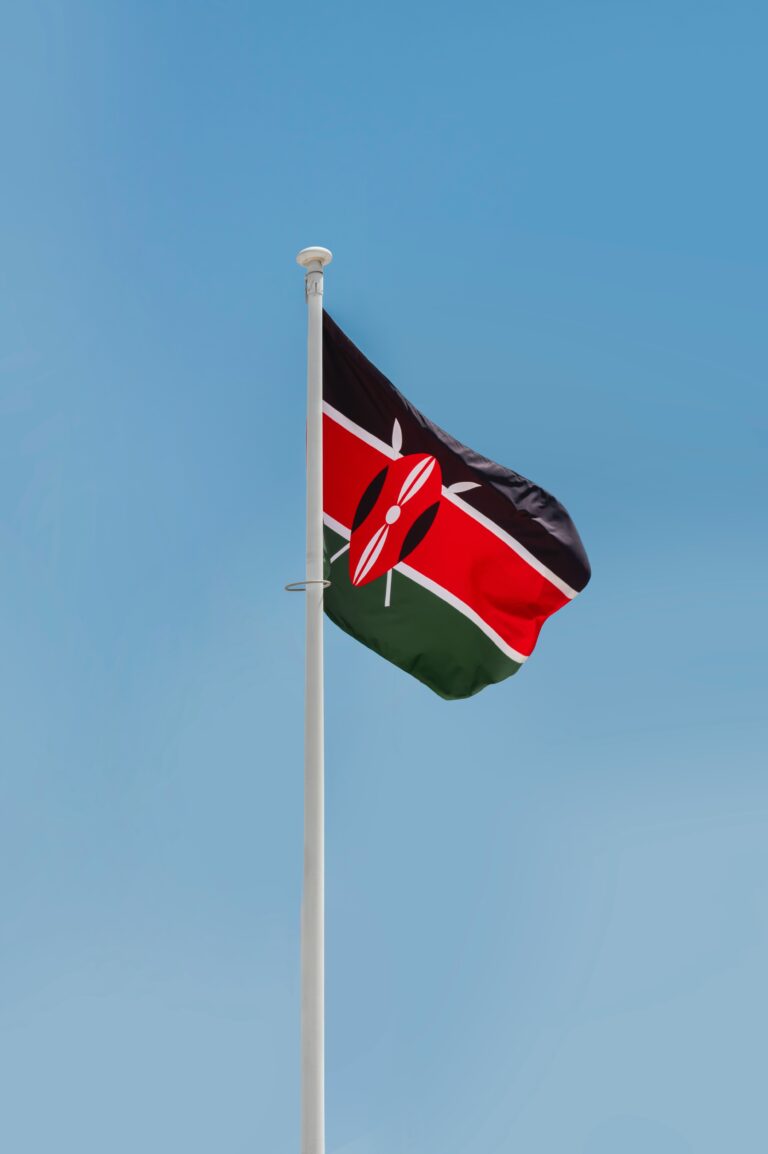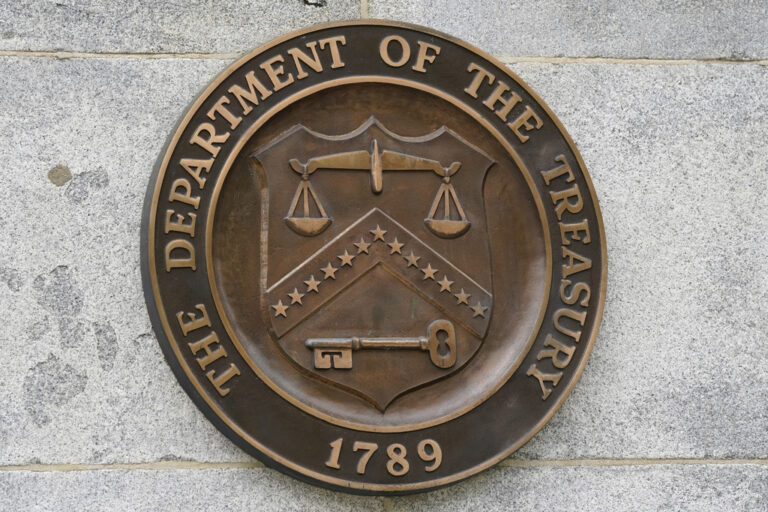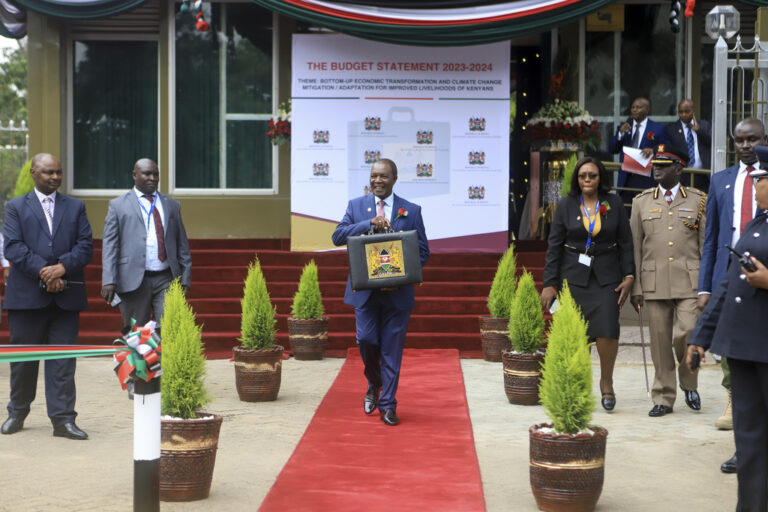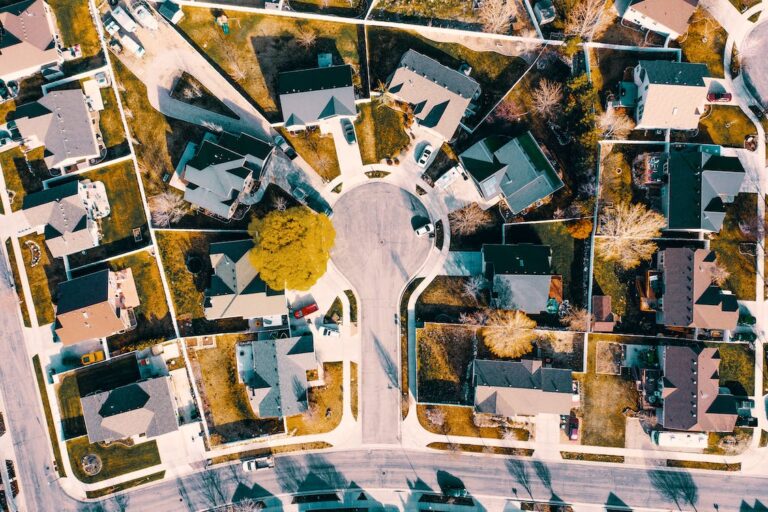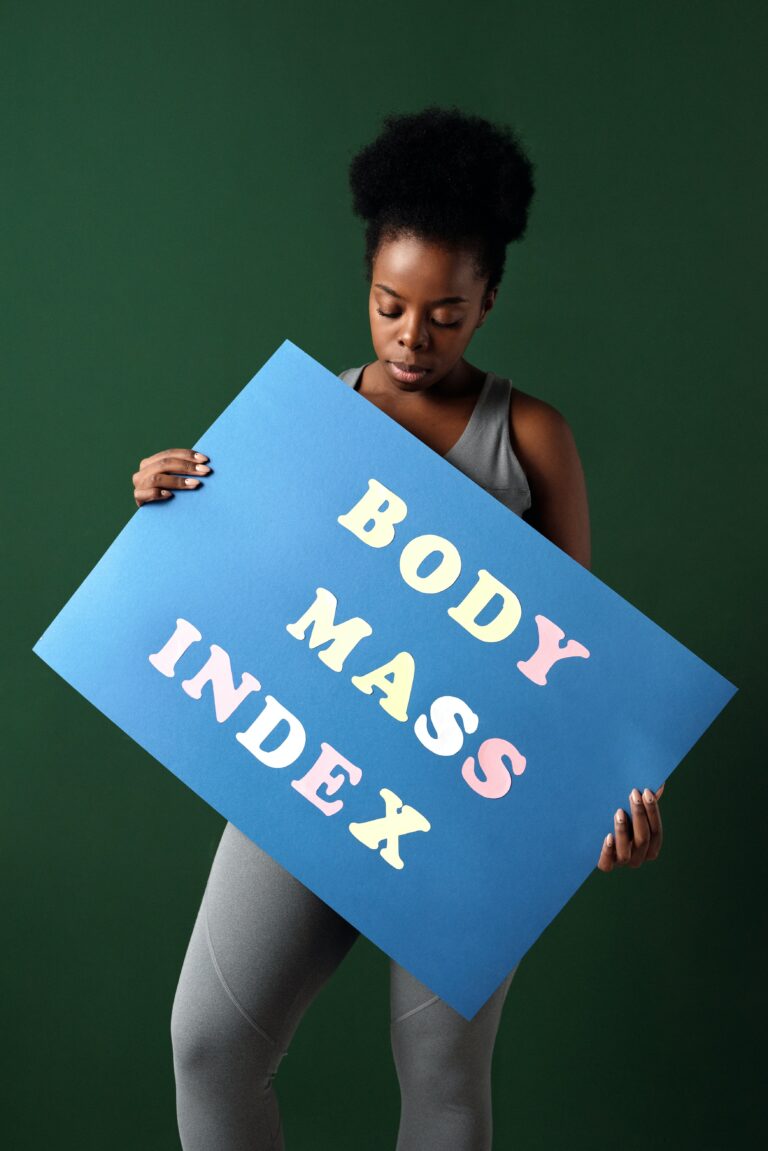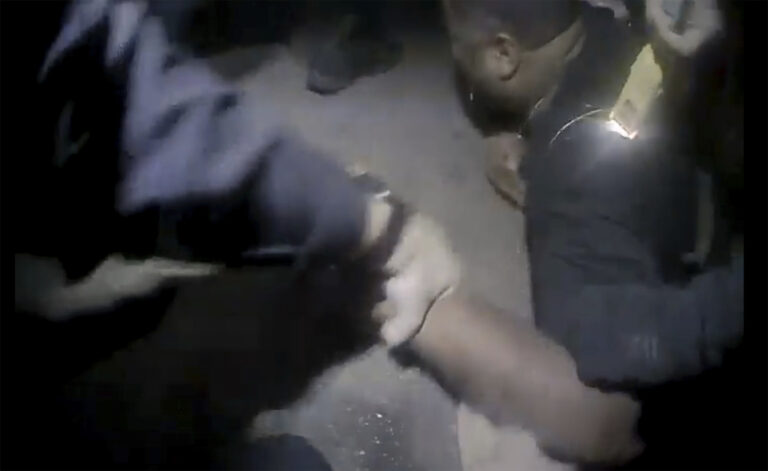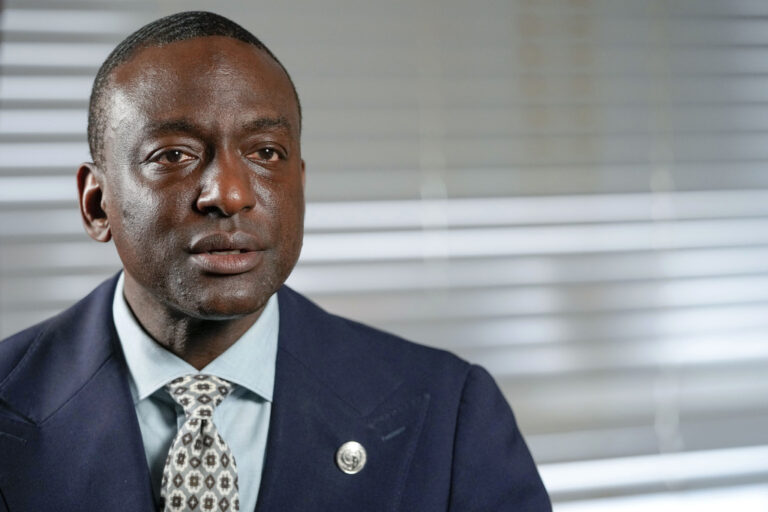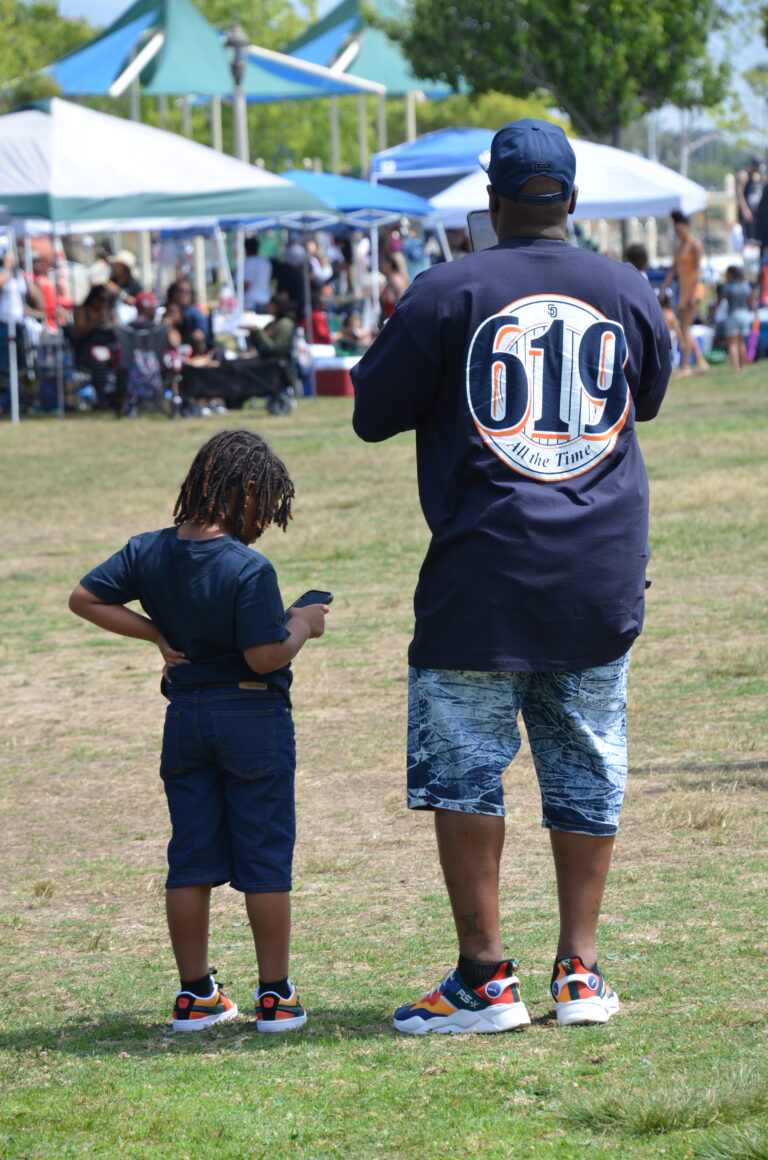NEW YORK (AP) — Outside a Harlem subway station, Yusef Salaam, a candidate for New York City Council, hurriedly greeted voters streaming out along Malcolm X Boulevard. For some, no introductions were necessary. They knew his face, his name and his life story.
But to the unfamiliar, Salaam needed only to introduce himself as one of the Central Park Five — one of the Black or Brown teenagers, ages 14 to 16, wrongly accused, convicted and imprisoned for the rape and beating of a white woman jogging in Central Park on April 19, 1989.
Now 49, Salaam is hoping to join the power structure of a city that once worked to put him behind bars.
“I’ve often said that those who have been close to the pain should have a seat at the table,” Salaam said during an interview at his campaign office.
Salaam is one of three candidates in a competitive June 27 Democratic primary almost certain to decide who will represent a Harlem district unlikely to elect a Republican in November’s general election. With early voting already begun, he faces two seasoned political veterans: New York Assembly members Al Taylor, 65, and Inez Dickens, 73, who previously represented Harlem on the City Council.
The incumbent, democratic socialist Kristin Richard Jordan, dropped out of the race in May following a rocky first term.
Now known to some as the “Exonerated Five,” Salaam and the four others — Antron McCray, Kevin Richardson, Raymond Santana and Korey Wise — served between five and 12 years in prison for the 1989 rape before a reexamination of the case led to their convictions being vacated in 2002.
DNA evidence linked another man, a serial rapist, to the attack. The city ultimately agreed in a legal settlement to pay the exonerated men $41 million.
Salaam, who was arrested at age 15, served nearly seven years behind bars.
“When people look at me and they they know my story, they resonate with it,” said Salaam, the father of 10 children. “But now here we are 34 years later, and I’m able to use that platform that I have and repurpose the pain, help people as we climb out of despair.”
Those pain points are many in a district that has some of the city’s most entrenched poverty and highest rent burdens.
Poverty in Central Harlem is about 10 points higher than the citywide rate of 18%, according to data compiled by New York University’s Furman Center. More than a fourth of Harlem’s residents pay more than half of their income on rent. And the district has some of the city’s highest rates of homelessness for children.
Salaam said he’s eager to address those crises and more. His opponents say he doesn’t know enough about how local government works to do so.
“No one should go through what my opponent went through, especially as a child. Years later, after he returns to New York, Harlem is in crisis. We don’t have time for a freshman to learn the job, learn the issues and re-learn the community he left behind for Stockbridge, Georgia,” Dickens said, referring to Salaam’s decision to leave the city after his release from prison. He returned to New York in December.
Taylor knows that Salaam’s celebrity is an advantage in the race.
“I think that folks will identify with him and the horrendous scenario that he and his colleagues underwent for a number of years in a prison system that treated him unfairly and unjustly,” Taylor said.
“But his is one of a thousand in this city that we are aware of,” Taylor added. “It’s the Black reality.”
Harlem voter Raynard Gadson, 40, is cognizant of that factor.
“As a Black man myself, I know exactly what’s at stake,” Gadson said. “I don’t think there’s anybody more passionate about challenging systemic issues on the local level in the name of justice because of what he went through,” he said of Salaam.
During a recent debate televised by Spectrum News, Salaam repeatedly mentioned his arrest, prompting Taylor to exclaim that he, too, had been arrested: At age 16, he was caught carrying a machete — a charge later dismissed by a judge willing to give him a second chance.
“We all want affordable housing, we all want safe streets, we all want smarter policing, we all want jobs, we all need education,” Salaam said of the candidates’ common goals. What he offers, he said, is a new voice that can speak about his community’s struggles.
“I have no track record in politics,” he conceded. “I have a great track record in the 34 years of the Central Park jogger case in fighting for freedom, justice and equality.”
All three have received key endorsements. Black activist Cornel West has backed Salaam. Dickens has the backing of New York City Mayor Eric Adams and former New York U.S. Rep. Charlie Rangel. Taylor is supported by the Carpenter’s Union.
At a campaign rally for Dickens, Rangel recounted that Salaam had called to say he was entering the race. Rangel then quipped that Salaam had a “foreign name.” Salaam responded pointedly on social media.
“I am a son of Harlem named Yusef Salaam. I went to prison because my name is Yusef Salaam,” he tweeted. “I am proud to be named Yusef Salaam. I am born here, raised here & of here — but even if I wasn’t, we all belong in New York City.”
Rangel and Salaam later talked and resolved the matter, according to a spokesperson for the Dickens campaign.
Unlikely is an apology from Donald Trump, who in 1989 placed newspaper ads before the group went on trial with the blaring headline, “Bring back the death penalty.” The ads did not specifically mention any of the five, but Salaam said the context made it clear.
When asked by a reporter in 2019 if he would ever apologize, Trump said there were “people on both sides” of the matter.
“They admitted their guilt,” Trump had said, of the Central Park Five, referring to confessions that the five later said were coerced. “Some of the prosecutors,” Trump added “think the city should never have settled that case. So, we’ll leave it at that.”
When Trump appeared in a Manhattan court in April on charges of falsifying business records, Salaam mocked him with his own ad on social media that visually mimicked Trump’s from long ago.
“Over 30 years ago, Donald Trump took out full page ads calling for my execution,” Salaam tweeted above the ad, headlined: “Bring Back Justice & Fairness.”

